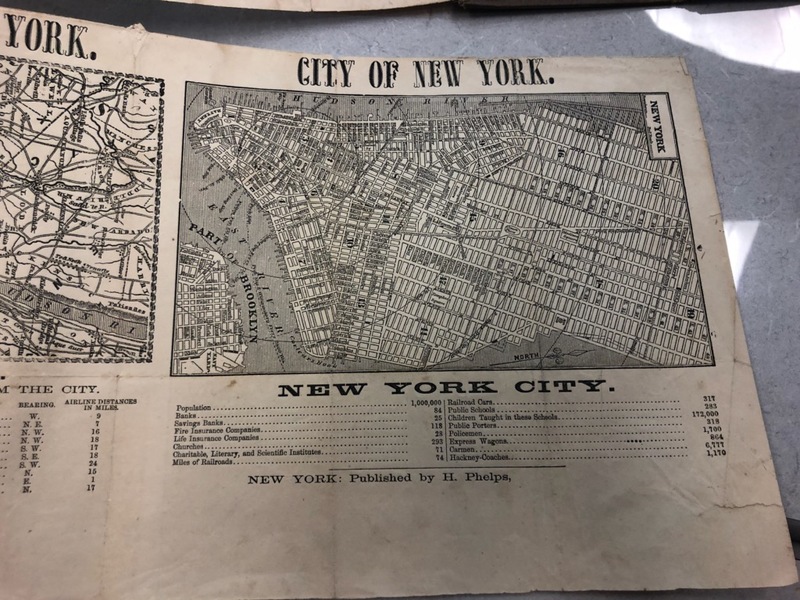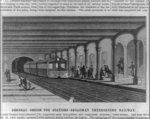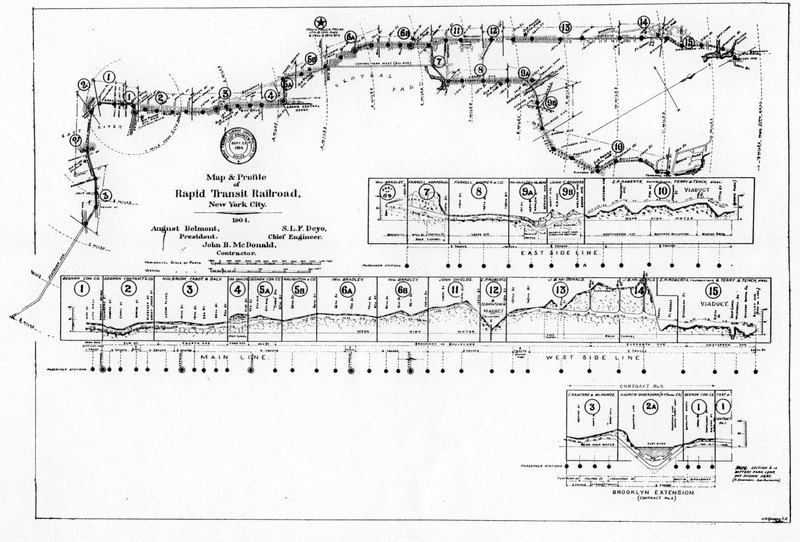Conception and Building of NYC Subway System
From 1890 to 1900 the city of New York experienced a rare instance of seeing its population more than double in just a single decade. Due to a large influx of immigrants and people looking for jobs in industry, New York quickly became an extremely overcrowded city that was in dire need of a transportation system that could ease the moving of the three plus million residents. Walking the streets had been the norm to go to and from places in the city since its establishment, but with the large influx of people, the streets became too congested for travel and transportation of industrial items in the booming city. The number of horse drawn coaches, wagons, and carmen carriges were increasing dramatically, and the streets could no longer serve the amount of people that used it. The only feasible option to solve this problem was the construction of a subway system much like those that had been built in Boston and in the UK. The ability to use otherwise unused real estate underground to solve the city’s problem appeared to be a no-brainer.
The first proposition of the massive construction occurred in 1888 by the city’s mayor in a speech to the public. The bill granting permission to begin the construction of the subway didn’t pass till 1894 and the money to pay for its construction was not lined up until 1899 after an amendment to increase the debt limit for the city of New York was signed. With $40,000,000 in bonds to pay John G. McDonald, the contractor, work on the subway began in 1900.
Reference List
“Population History of New York from 1790 - 1990.” AC Circuits, physics.bu.edu/~redner/projects/population/cities/newyork.html.
“The New York Subway Souvenir (1904).” Www.nycsubway.org: Rapid Transit Tunnel Begun - Ground Officially Broken (1900), www.nycsubway.org/wiki/The_New_York_Subway_Souvenir_(1904).
The building of the subway was done in a rather simple fashion. Excavation teams worked in a manner known as a cut and cover technique. This meant that large areas were simply excavated and the dirt excavated was put on the other side of the street and when the floor, walls, roof, and braces had been set up, the area was covered back up and packed down. Three general teams worked day and night in rotation to make the process efficient as possible. One team was responsible for drilling long holes in the areas that needed to be cleared out. The next early morning shift would come in and pack the previously drilled holes with explosives, run fuses, and detonate the area breaking up tons of earth in the process. The final daytime shift was responsible for excavating the material and setting the foundations for the railroads. In some areas that had large rock formations, lakes, and streets that were way too busy to stop traffic on called for different strategies. In these cases the contractor decided to go deeper under the ground to bypass the obstacles and cause as little disturbance as possible. This proved to be much more time consuming as the means of getting the excavated materials out proved to be difficult. However, by 1904 the first line that had 28 stops from manhattan to broadway and was 9.1 miles in total length had been finished in a matter of four years.
Reference List


